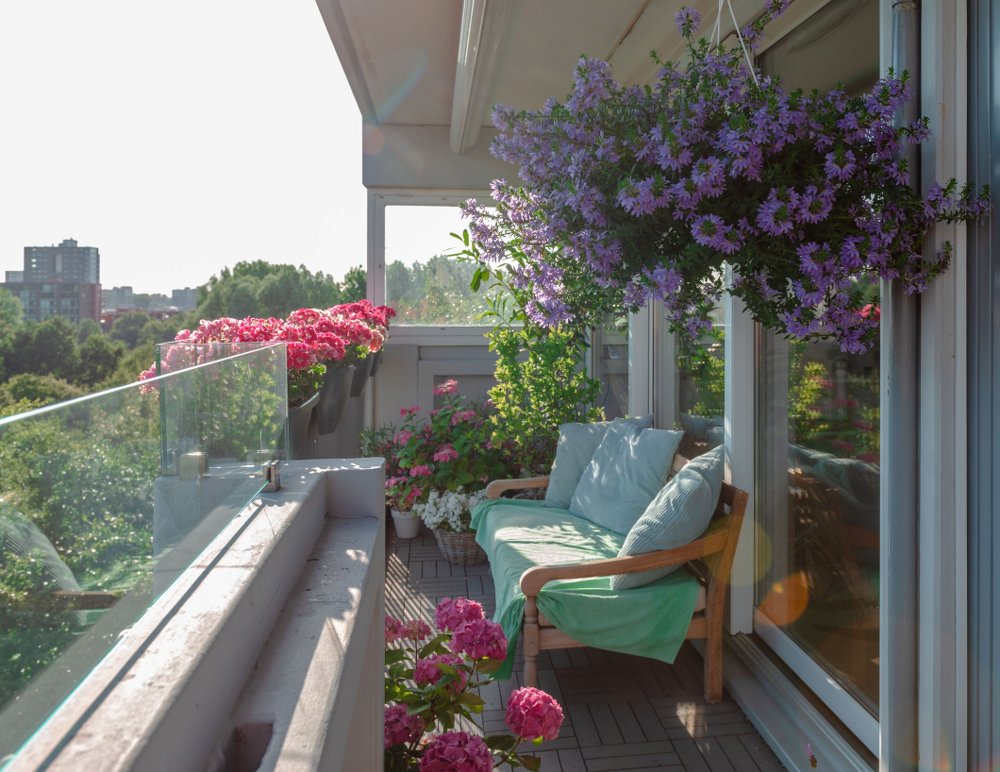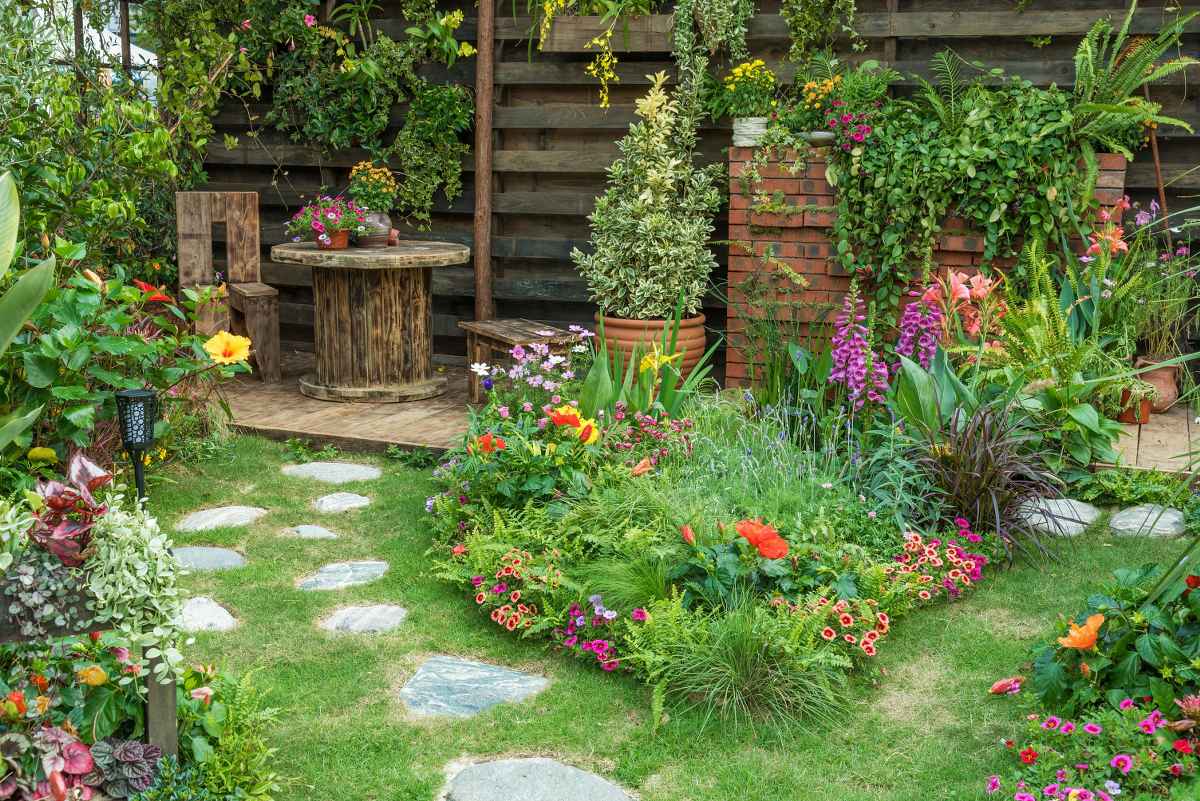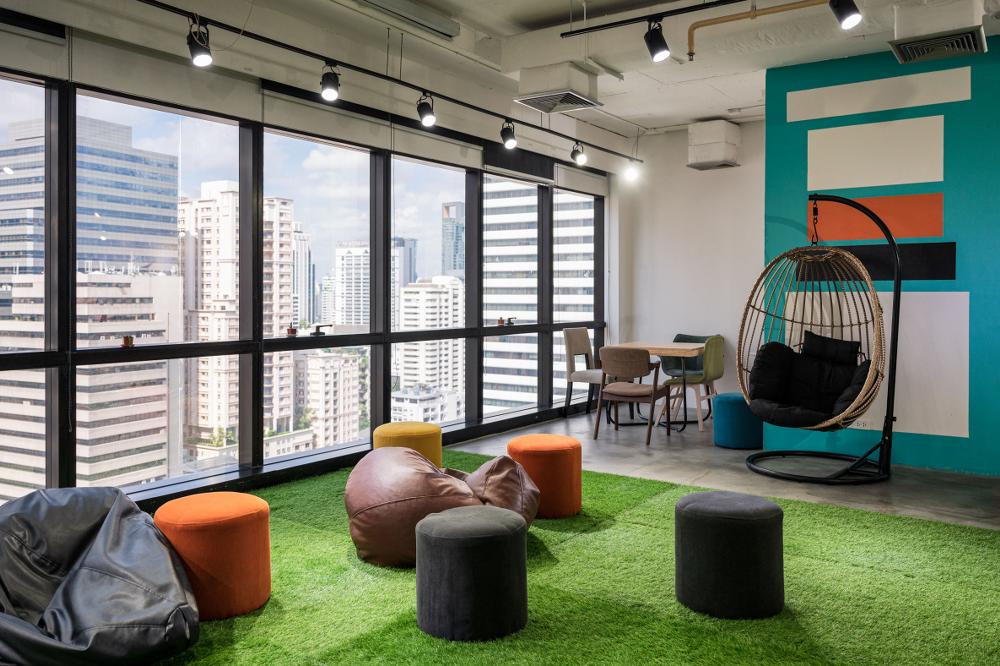Creating a garden on your balcony is not only possible, it is one of the most satisfying ways to bring nature closer to your daily life. In Selangor, Malaysia, where many condominiums and high-rise apartments lack green space, your balcony can be transformed into a productive green haven filled with vegetables, herbs, flowers, and even small fruit trees.
This comprehensive guide will walk you through every step of building a small garden on your balcony. From evaluating your space and choosing containers, to selecting the right plants and maintaining your garden over time, everything you need to get started and thrive is right here.
Let’s get growing.
Step 1: Evaluate Your Balcony Space
Before you start planning your garden, it is crucial to understand the space you are working with. This is especially true for high-rise apartments in Selangor, Malaysia, where balcony sizes and building regulations vary.
Measure Your Balcony
Use a measuring tape to get the exact dimensions of your balcony. Note the width, length, and height of any railings or walls. If you plan on using hanging planters or wall-mounted systems, you need to know how much vertical space is available.
Understand Weight Limits
Balconies, especially in apartment buildings and condos, have weight limits. Soil and water are heavy, and once your containers are filled and your plants start growing, the load adds up quickly. If you are not sure about your building's balcony weight capacity, consult with your property manager or building engineer.
Containers like grow bags and lightweight plastic planters are excellent choices for minimizing weight. For those interested in heavier or larger planters, consider using rolling plant caddies to distribute the load and make movement easier.
Track the Sunlight
Spend a day observing how sunlight hits your balcony. Does it get morning sun, afternoon sun, or both? Is it shaded by trees or nearby buildings? Knowing the sunlight exposure is essential for selecting the right plants.
Generally:
- Full sun = 6 or more hours of direct sunlight per day
- Partial sun = 3 to 6 hours
- Shade = Less than 3 hours
Once you have this information, you will be ready to choose plants that suit your balcony’s specific light conditions.
>> Read more: How to Design a Safe Garden for Kids and Pets?

Step 2: Choose the Right Containers
Your containers are the foundation of your balcony garden. They determine what you can grow, how healthy your plants will be, and how easy your garden will be to maintain.
>> Read more: How To Choose The Best Planter Box For Indoor & Outdoor Plants
Types of Containers to Consider
- Grow Bags: Fabric grow bags are inexpensive, breathable, and lightweight. They allow roots to "air prune," which encourages healthier growth. They are also easy to move and store when not in use.
- Terracotta Pots: These clay pots are classic and attractive. However, they can be heavy and tend to dry out more quickly, which means more frequent watering.
- Plastic and Resin Planters: These are lightweight, durable, and available in a variety of sizes. Choose food-safe plastic if you're growing edible plants.
- Elevated Beds and Planter Boxes: If you have the space, an elevated planter box can help reduce back strain and give your garden a clean, organized appearance.
- Self-Watering Planters: Self-watering systems are especially valuable for busy gardeners. One option we highly recommend is our own Ziant Hydro Planter. Designed with hydroponic principles in mind, it features a sleek, low-maintenance system that keeps your plants consistently watered without requiring daily attention.
Consider Adding Mobility
If your containers are large or you plan to rearrange your space seasonally, using containers on wheels or rolling caddies makes movement much easier. This is especially helpful for moving plants in and out of the sun or protecting them from extreme weather.
Step 3: Use Quality Growing Medium
The soil you use in your containers has a major impact on the success of your plants. Do not use regular garden soil or dirt from the ground. These are too dense for containers and often contain pests, weed seeds, or diseases.
Best Option: Potting Mix
Choose a high-quality bagged potting mix designed specifically for container gardening. These mixes are light, well-aerated, and often contain added nutrients.
Improve with Compost
Mix in compost to enhance the soil with organic nutrients and improve water retention. You can use store-bought compost or make your own using kitchen scraps and yard waste.
Avoid Replacing Soil Every Season
Instead of dumping and replacing your potting mix every year, simply amend it by adding fresh compost and a small amount of new mix. This keeps costs down and builds healthy soil over time.

Step 4: Select Plants that Thrive in Small Spaces
In Selangor’s tropical climate, many herbs, vegetables, and flowers thrive year-round, making it easier to plan a productive balcony garden. Now that your containers are ready, it's time to choose your plants. The key is to match plant needs with your light exposure, container size, and personal preferences.
Start with What You Love
Focus on growing plants you will actually use or enjoy. If you do not eat eggplant, for example, there is no point in dedicating valuable space to it.
Best Plants for Balcony Gardens
Herbs
- Basil
- Mint (keep in a separate container)
- Parsley
- Cilantro
- Thyme
- Chives
Vegetables
- Cherry tomatoes (dwarf or determinate varieties)
- Peppers (hot and sweet)
- Lettuce and baby greens
- Radishes
- Carrots (choose shorter varieties for containers)
- Bush beans
Fruits
- Strawberries
- Dwarf citrus (like calamondin or patio lemon)
- Columnar apple trees
- Patio peaches
Flowers
- Marigolds
- Petunias
- Nasturtiums (edible flowers)
- Zinnias
- Calendula
Compact and Dwarf Varieties
Look for varieties labeled "dwarf," "compact," or "bush." These are bred to grow smaller and are perfect for tight spaces.
Step 5: Use Vertical Space to Maximize Growing Area
One of the best ways to increase your garden’s productivity without taking up floor space is to grow vertically.
Ideas for Vertical Gardening
- Wall-mounted planters or hanging pots
- Trellises for cucumbers, peas, or tomatoes
- Stackable planter towers
- Shelving units or old ladders repurposed as plant stands
- Balcony railing planters for herbs or flowers
Vertical structures are also helpful for supporting plants like tomatoes or pole beans, which naturally grow tall.
>> Read more: How to Grow More in Less Space?

Step 6: Set Up an Efficient Watering System
Watering is one of the most important aspects of container gardening. Because containers dry out faster than garden beds, regular watering is a must.
How to Water Properly
Water your containers until water drains from the bottom. This ensures the entire root system is hydrated. Check the soil daily by sticking your finger a couple of inches into the mix. If it feels dry, it is time to water.
Consider a Drip Irrigation System
Drip systems can be installed on a timer and customized to fit your balcony layout. These save time and help maintain consistent moisture levels.
Use Self-Watering Planters for Peace of Mind
If you travel often or simply prefer a more hands-off approach to plant care, the Ziant Hydro Planter offers an ideal solution. Its built-in water reservoir keeps roots hydrated while preventing overwatering, helping your plants stay healthy with minimal effort.
This kind of system is particularly useful for herbs and leafy greens, which are sensitive to drying out.
Step 7: Fertilize Regularly to Replenish Nutrients
In-ground plants draw nutrients from a wide area of soil, but container plants rely entirely on what you give them. Over time, watering will wash away nutrients, so regular fertilization is essential.
Fertilizer Types
- Granular Fertilizer: Use this when planting. It breaks down slowly and provides nutrients over several weeks.
- Liquid Fertilizer: Apply every two weeks during the growing season. This gives plants a fast boost and helps support flowering and fruiting.
Customize Based on Growth Stage
Early in the season, use a fertilizer higher in nitrogen to support leafy growth. Once plants begin to flower or fruit, switch to a formula higher in phosphorus and potassium.

Step 8: Add Features to Improve Efficiency and Aesthetics
A productive garden is great, but a beautiful and functional space is even better. Small upgrades can make a big difference in how you enjoy and manage your garden.
Useful Additions
- Plant markers to keep track of varieties
- Plant stands to lift smaller pots off the floor
- Mulch to reduce evaporation
- Decorative planters to enhance style
- String lights or lanterns for nighttime ambiance
Adding a self-watering container like the Ziant Hydro Planter doesn’t just reduce maintenance; it also elevates the style of your space. With its clean, modern design, it fits perfectly in both urban and minimalist balcony gardens.
Final Thoughts: Balcony Gardening Made Easy in Selangor, Malaysia
Balcony gardening is accessible, practical, and deeply rewarding. You don’t need a large backyard to enjoy fresh herbs, vegetables, or the calming presence of flowers. With the right setup and a little consistency, even a small balcony can become a thriving green space you look forward to every day.
If you're in Selangor, Malaysia and want to maximize your small balcony, Konzept Garden is ready to help. We’ve spent over 30 years helping homeowners across Malaysia transform their outdoor spaces. As a leading landscape design firm, we understand the challenges of urban gardening, and we’ve created solutions to make it easier, smarter, and more enjoyable.
Our Ziant Hydro Planter is a self-watering system made specifically for compact spaces like balconies and patios. It helps your plants stay healthy with less maintenance, giving you more time to enjoy your garden and less time worrying about it.
Whether you're starting your first balcony garden or refining your current setup, we're here to help you grow. Explore our full range of products and garden solutions at Konzept Garden, and let’s create your ideal outdoor space, no matter the size.




